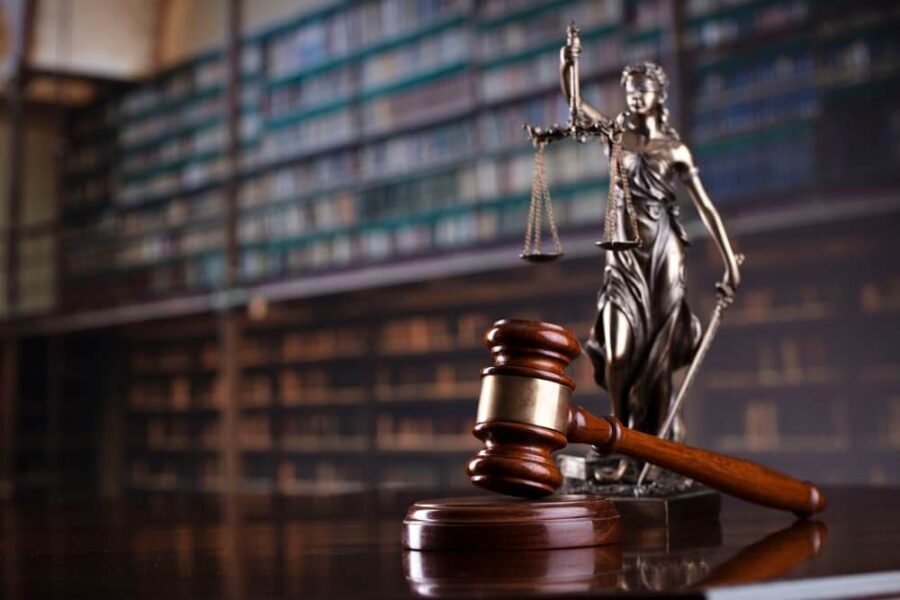Introduction
Welcome to the official blog of the Law Offices of Kr. Vivek Tanwar Advocate and Associates, where we are dedicated to providing litigation support services for matters related to Artificial Intelligence (AI). In today’s blog post, we aim to shed light on the prevailing issues surrounding Artificial Intelligence (AI), the legal framework in place for their protection, and the steps we can take as a society to combat these acts. Join us as we explore this critical subject and empower you with the knowledge to protect your rights and safety.
What Is Artificial Intelligence (AI)?
Artificial Intelligence (AI) has emerged as a transformative technology with applications in various domains, including autonomous vehicles, chatbots, and algorithmic decision-making. As AI systems become more prevalent, the question of liability arises in cases where these systems cause harm or make errors. This article explores the legal framework surrounding the assignment of liability in AI-related incidents, aiming to shed light on the complexities and challenges involved.As AI systems become more prevalent, assigning responsibility for accidents or choices made by AI systems has become more difficult.
Understanding AI-Driven Systems
AI-driven systems, such as autonomous vehicles, chatbots, and algorithmic decision-making, rely on complex algorithms and data analysis to perform tasks without explicit human intervention. These systems learn from data patterns and make decisions based on predefined rules or machine learning algorithms. While these systems offer numerous benefits, their autonomy and potential for errors raise important questions about accountability when things go wrong.
Legal Framework for AI Liability
Assigning liability in AI-related incidents involves navigating a complex legal landscape. Existing legal frameworks may need adaptation to accommodate the unique characteristics of AI systems. Here are some key considerations:
- Traditional Liability Frameworks: Under current legal systems, responsibility is typically placed on human actors. However, as AI systems frequently work autonomously or with little to no human involvement, it is unclear who should be held accountable in the event that AI causes injury or damage. These frameworks might need to be modified to take into account the special features of AI technology.
- Product liability rules may be relevant in situations involving real products or autonomous cars. For harmful AI systems, the makers, designers, and distributors may be held accountable. Establishing the flaw and its cause can be difficult, particularly when the AI system’s decision-making process is intricate and difficult to understand.
- Duty of Care and Negligence: When one party disregards a reasonable standard of care, negligence rules may be applicable. This may entail situations in which AI systems are engaged, such as when developers or operators neglect to put in place suitable protections or carry out sufficient testing. It is necessary to prove a duty of care, a breach of that obligation, causation, and resulting damages in order to assign blame for carelessness.
- Strict Liability: For certain intrinsically risky activities or items, strict liability may be required in some jurisdictions. If AI systems fall under this category, whoever developed or deployed the system may be held accountable for any damages that arise, regardless of guilt or negligence.
- Contractual Liability: Contractual agreements may also regulate liability. For instance, the terms and conditions may specify how the parties’ respective levels of culpability will be distributed while using AI services or goods. In order to handle responsibility resulting from the use of AI, organisations should carefully discuss and draw contracts.
- Prejudice and Algorithmic Decision-Making: Algorithms used in decision-making procedures, such as employment or loan approvals, may give rise to questions regarding potential biases or prejudice. Liability under anti-discrimination legislation could occur, even if AI systems are proven to produce discriminatory effects unintentionally. To reduce this danger, it is crucial to ensure fairness, openness, and regular audits of the decision-making processes used by AI systems.
- Government regulations: To handle responsibility in scenarios associated with AI, governments are increasingly contemplating regulating frameworks. These may include particular rules or legislation that outline obligations for AI system designers, operators, or users. Different countries may use different regulatory strategies, which are still developing.
Challenges and Considerations
Assigning liability in AI-related incidents poses several challenges:
- Identifying Responsibility: AI systems involve multiple stakeholders, including developers, manufacturers, operators, and data providers. Determining the specific party responsible for an incident can be complex, especially when the AI system evolves over time or involves decentralized decision-making.
- Explainability and Transparency: The opaque nature of some AI algorithms raises concerns about accountability. Ensuring transparency and explainability of AI decision-making processes can facilitate the assignment of liability and build public trust.
- Evolving Technology: AI technology is rapidly advancing, making it challenging for legal frameworks to keep pace. Regular updates and adaptability in legal systems are necessary to address emerging issues effectively.
- Ethical Considerations: Liability discussions should consider ethical dimensions, such as fairness, bias, and the potential impact on societal values. Balancing innovation and accountability is crucial to foster responsible AI development.
Liability in AI instances must be determined after a thorough examination of the relevant facts, technologies, and legal frameworks. It requires taking into account elements including the degree of autonomy, the likelihood of harm, human supervision, and industry standards. Policymakers and legal professionals are actively studying and modifying legal frameworks to ensure sufficient liability attribution while encouraging innovation and the responsible creation and use of AI systems as AI technology progresses.
Conclusion
As AI continues to advance and permeate various domains, the question of liability becomes increasingly critical. Navigating the legal framework for assigning responsibility in AI-driven systems is a complex task that requires interdisciplinary collaboration between legal experts, AI developers, and policymakers. Striking the right balance between innovation and accountability is essential to ensure the responsible development, deployment, and use of AI technologies for the benefit of society.
We are a law firm in the name and style of Law Offices of Kr. Vivek Tanwar Advocate and Associates at Gurugram and Rewari. We are providing litigation support services for matters related to Artificial Intelligence (AI).

